Tuesday, April 21, 2020
Virtual Book Tour: The Lord Steward And the Servant King by Gordon Saunders @INtesnePub @RABTBookTours
YA Historical Fantasy
Published Date: April 4, 2020
Publisher: INtense Publications LLC
Kentucky. Now it’s 1838. Steven and Amanda have not been able to get back into Verdura for two years, no matter what they’ve done. They don’t know if promises made there have come true or if something terrible has happened.
But things have changed in Kentucky. Amanda’s grown older and her father wants her to marry a young man who’s a cruel bully. Daddy thinks she’ll change him. Huh! She wants nothing to do with him. But her father’s insistent. Plus, Amanda has no idea what’s happened to Joshua and Marie. Letters from them stopped coming some time ago.
And then there’s that peculiar ‘amusement’ someone is putting on in downtown Glasgow, a weird phenomenon hyped by a creepy mustachioed tinker who doesn’t have any pots or pans to sell.
Join Joshua, Marie, Amanda and Steven in their second Verduran adventure. Yeah. This one could also be fatal. Or worse.
For those interested
in exploring the subject or theme of your book, where should they start?
The theme of The
Lord Steward and the Servant King, the second book of the Verduran
Pentology, is ‘servant leadership.’ Almost any non-fiction book on
leadership these days, will include that as a topic. In fiction, I’d recommend
the fairy tales and children’s books of George MacDonald. However, the
preeminent source on the subject is the New Testament – specifically the first
four books: the Gospels of Matthew, Mark, Luke, and John. The other side of
that coin we might call ‘cult leadership.’ Even though that seems like a 20th
century topic, there are plenty of examples today. I suppose one might start by
Googling ‘contemporary cults’ and see where that goes.
How did you become
involved with the subject or theme of your book?
For many years I taught university and
graduate students about God and the nature of the universe. Sometimes the
classes were called ‘doctrine,’ sometimes, ‘theology.’ But whatever they were
called, they felt a little bit like thinking of God and the world He made as if
they were laboratory specimens – bugs on a pin.
But God’s not like that at all. He’s living,
active, interested in us, caring, massively powerful, and thinking thoughts way
beyond our comprehension. So I decided to write stories that would show just
what He was like. Make Him real, loving and lovable.
And, of course, there’s the checkered
history of the church and the misbehavior of some people who claim to be
God-followers that can get in the way of our truly understanding who He is. So
the stories had to get out of all that mess of history into an alternate place
where they wouldn’t muddy the waters. Hence, Verdura.
What were your goals
and intentions in this book, and how well do you feel you achieved
them?
The
Lord Steward and the Servant King is
the second of five books I wrote to accomplish this goal. The goal of all the
books is expressed in the previous question, above. Each book, however, focuses
on one aspect of who God is and who I am in relation to Him. The first book,
A Light through the Cave (INtense, 2019) focuses more on trust and unity
among all created persons who follow what is right. The third book, The
Boatwright (coming in September, 2020), deals with personal responsibility,
forgiveness, and redemption. If readers think about these things and try to
follow the principles embodied there, I believe I will have succeeded. Writing
the books certainly made me think about them more fully. As to whether I’ve
achieved the goals, my readers will have to tell you.
Anything you would
like to say to your readers and fans?
I’d recommend that they make Verdura a part
of their collections alongside such books as A Wrinkle in Time and the
four books that follow, by Madeleine L’Engle, The Princess and the Goblin
and The Princess and Curdie, by George MacDonald, and The Chronicles of
Narnia by C.S.Lewis. Not that Verdura is on their level, but that all of these
books are headed in the same direction.
What did you enjoy
most about writing this book?
Many aspects of writing the book were
enjoyable, though all were hard work. I liked the planning, developing the
geography and creating settings, creating the ecosystem, and developing a race
of beings designed to answer the question, “What would it look like if the
rocks cried out?” But most of all, I loved seeing the main character, Ispri,
come alive and take over everything else.
Can you tell us a
little bit about your next books or what you have planned for the future?
As noted, there are five books in the
Verduran Pentology (the word
Pentology’ comes from the Latin word for
five, like ‘trilogy’ comes from the Latin word for three). The current schedule
calls for books 3-5 to be published at six-month intervals beginning this
September and for a boxed set to be available by November 2021.
I also have a series of Young Adult
Historical novels, called the ‘Young America’ series. The first one, A
Drummer in Red, was published this last January (by INtense Publications).
In July, Book 2, The Blood of Patriots and Tyrants is scheduled to
launch, and Book 3, tentatively called, The Fever Spreads, is planned
for January 2021. The three books mentioned here follow three young men from
just prior to the Battle of Yorktown in 1781, through the death of Alexander
Hamilton in a duel in July,1804.
How long have you
been writing?
My high school senior year English teacher,
the fiery, 4’11”, Miss Alice Teed, to whom the book is dedicated, got me
started a very long time ago. I’ve been writing ever since, but mostly non-fiction,
lectures, and short-stories. These books were written in another century and
recently updated for publication in the United States. I lived in Europe for
twenty-five years, and didn’t try to publish here during that time. But now I’m
back, and here they are!
Can you tell us a
little bit about the characters in The Lord Steward and the Servant King?
Three important things stand out about the
characters here. 1) Most of the
characters are multi-racial and non-white. Throughout the course of the five
Verdura novels, I highlight the races that were already in America when the
first European settlers arrived or who came in any numbers from their home
countries during the time period of the novels (about 1800 to 1849) or who had
been brought there in the intervening centuries (primarily the slaves). 2) Some
of the characters are non-biological. The Mwlahnni are a race of beings with a
mineral base. They’re described in an appendix to the book. 3) Communication
may happen in a sort of mind-to-mind or spirit-to-spirit way between humans and
Mwlahnni and between humans, Mwlahnni, and some of the animal-like species
native to Verdura.
If you could spend
the day with one of the characters from The Lord Steward and the Servant
King who would it be? Please tell us why you chose this particular
character, where you would go and what you would do.
That’s a hard one. There’s
so many I’d like to spend time with! First, where would we go? I’d probably
start in the main city, Byota (earlier in its history, called Denispri), and
trek across the By River up into the Mwlahnni Mountains to see many of the
places where major events took place. I’d definitely like to see Lomel’s
Cavern, Arona, the sand bars in the middle of the ocean, and… well, pretty much
everywhere. And the only one who could take me to all those places would be
Ispri. But he’s the one I’d like to be with, anyway. It would be like Susan and
Lucy being with Aslan. You’ll just take any amount of time with him that he’s
willing to give you.
About the Author
Having been a life-long fan of Narnia and Middle Earth, Dr. Saunders wanted to create a concrete world with an American base to demonstrate the same truths held by C.S.Lewis and J.R.R.Tolkien.
Inside: Narnia, Asteroid B-612, Middle Earth, Earthsea, and earth. I’ve spent a lot of time in each of these places. Plus a few more. They’re all real, you know, just real in different ways. But there is a Reality that is more important than them all, and I’ve gotten to know Him, too. I’ve been to dozens of countries on earth (on every continent except Antartica) and He has been there. He’s been in many of the other places, too, the places you can only get to through stories. But I’ve seen, in many places, that who He is has gotten bumbled up. So I wanted to create a place where He could be seen for who He really is. The place turned out to be green - at least the sky - and very hard. I used to teach Latin and the word for green, in Latin, started with ‘ver.’ The word for hard started with ‘dura.’ So I decided to put them together to name my place: Verdura. I learned later that the word ‘verdura,’ in Spanish means ‘vegetables.’ I hope the Verdurans won’t hold it against me that they live on vegetables. And I hope Spanish-speakers will understand that I didn’t mean to borrow their word for vegetables and will, maybe, see their way to believing Verdura to be a hard, green planet. Where Reality lives.
Contact Links
Purchase Links
Subscribe to:
Post Comments (Atom)
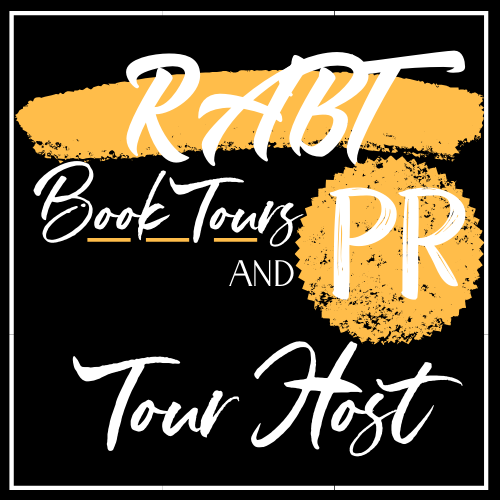

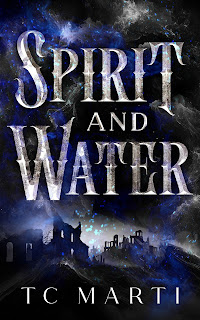




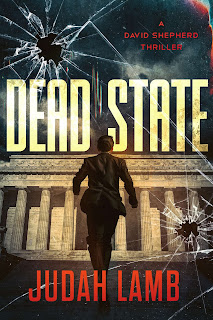




































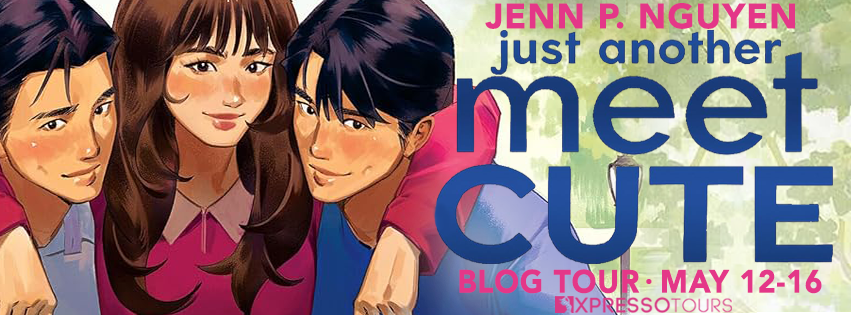









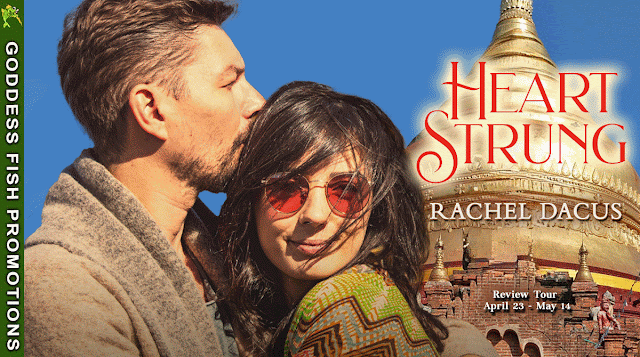



.jpg)











1 comments:
Thank you for hosting!
Post a Comment